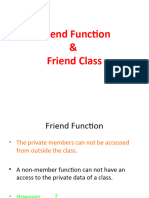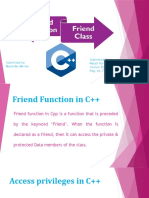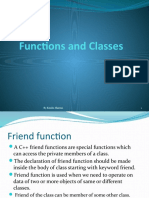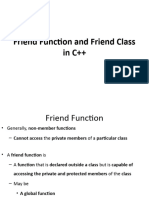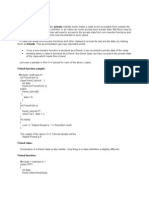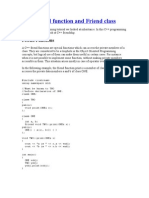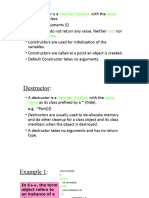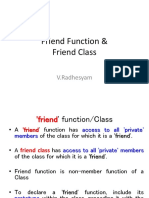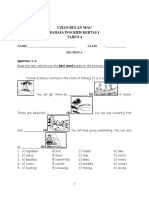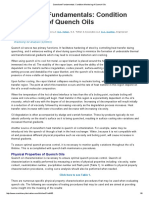0% found this document useful (0 votes)
62 views27 pagesLecture
The document explains the concept of friend functions and friend classes in C++, which allow access to private and protected members of a class. It highlights the importance of data hiding in object-oriented programming and the implications of using friend features, such as potential weakening of encapsulation. Additionally, it provides examples of declaring and defining friend functions and classes, illustrating their usage in accessing members of different classes.
Uploaded by
Waqar IsmailCopyright
© © All Rights Reserved
We take content rights seriously. If you suspect this is your content, claim it here.
Available Formats
Download as PDF, TXT or read online on Scribd
0% found this document useful (0 votes)
62 views27 pagesLecture
The document explains the concept of friend functions and friend classes in C++, which allow access to private and protected members of a class. It highlights the importance of data hiding in object-oriented programming and the implications of using friend features, such as potential weakening of encapsulation. Additionally, it provides examples of declaring and defining friend functions and classes, illustrating their usage in accessing members of different classes.
Uploaded by
Waqar IsmailCopyright
© © All Rights Reserved
We take content rights seriously. If you suspect this is your content, claim it here.
Available Formats
Download as PDF, TXT or read online on Scribd
/ 27







